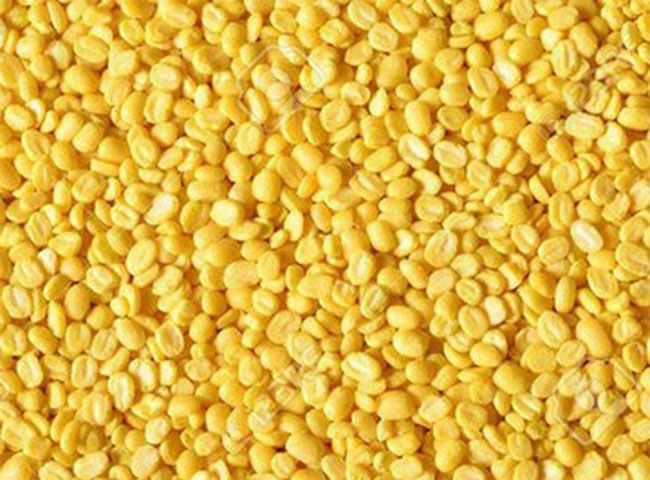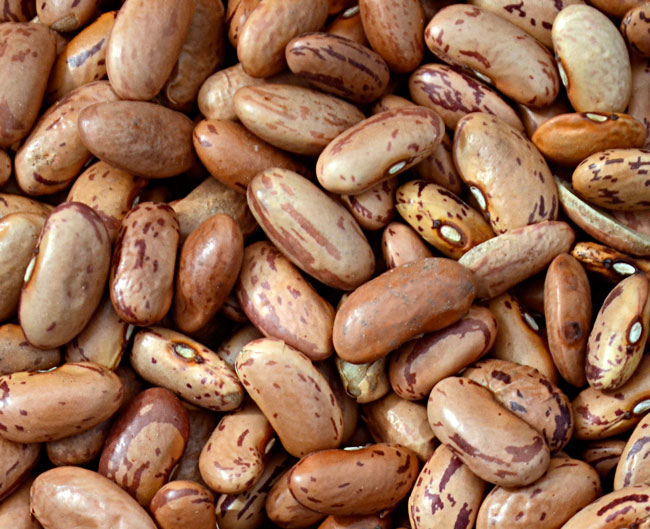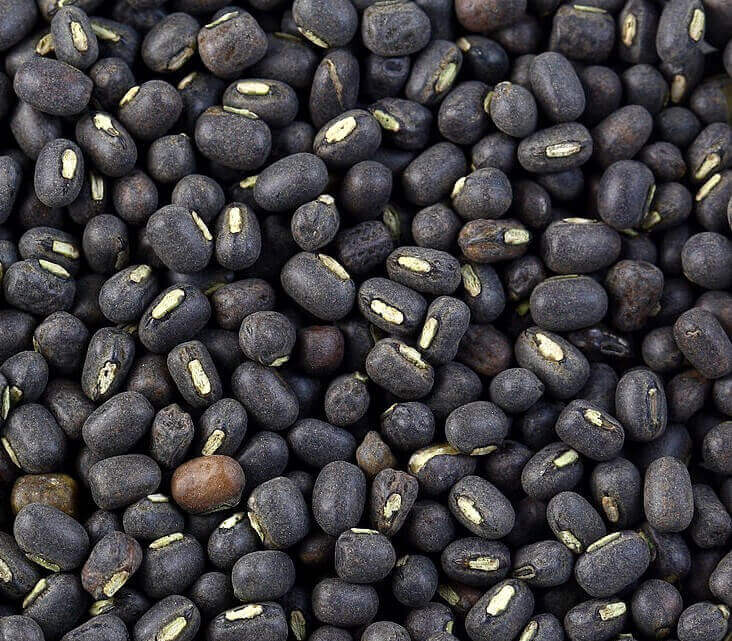Grapes are a popular and nutritious fruit enjoyed fresh or dried (as raisins) and used in various culinary applications, including juices, jellies, and wines. They are rich in vitamins, minerals, and antioxidants, making them beneficial for overall health. Here are some key nutritional and health benefits of grapes:
Grapes – Nutritional Benefits:
Rich in Vitamin C: Grapes are a good source of vitamin C, which helps boost the immune system and maintain healthy skin.
High in Potassium: Grapes contain potassium, which helps regulate blood pressure and supports heart health.
Dietary Fiber: Grapes provide dietary fiber, which aids in digestion and helps prevent constipation.
Know about Indian traditions :
Vaisakhi बैसाखी | Mahashivratri | Basant Panchmi
Vitamin K: Grapes contain vitamin K, which is essential for blood clotting and bone health.
Health Benefits:
- Antioxidant Properties: Grapes are rich in antioxidants like resveratrol, flavonoids, and tannins,
which help combat free radicals and reduce the risk of chronic diseases. - Heart Health: The antioxidants and potassium in grapes can help lower cholesterol levels, reduce
blood pressure, and improve overall heart health. - Cancer Prevention: Some studies suggest that the antioxidants in grapes, particularly resveratrol, may help inhibit the growth of cancer cells.
- Brain Health: Resveratrol in grapes has been shown to improve brain function and may help protect against age-related cognitive decline.
- Skin and Hair Health: The vitamins and antioxidants in grapes can contribute to healthier skin and hair,
providing a natural glow and reducing signs of aging.
Ways to Use Grapes:
- As a Snack: Fresh grapes can be eaten directly after washing.
- In Smoothies and Juices: Grapes can be blended into smoothies or juiced for a refreshing drink.
- In Salads: Add grapes to fruit or vegetable salads for added flavor and nutrition.
- Dried as Raisins: Dried grapes, or raisins, can be eaten as a snack or used in baking and cooking.
- Baking and Cooking: Grapes can be incorporated into various recipes, such as cakes, pies, and sauces.
Precautions:
While grapes are generally safe to consume, eating them in excess can cause digestive issues such as gas or diarrhea. Additionally, grapes contain natural sugars, so people with diabetes should monitor their intake to avoid blood sugar spikes.
Grapes are a versatile, nutritious, and delicious fruit that can be enjoyed in many forms. Including them in your daily diet can provide numerous health benefits and contribute to overall well-being.
Know about Indian traditions :
Vaisakhi बैसाखी | Mahashivratri | Basant Panchmi
Grapes come in a wide variety of types, each with its own unique flavor, color, and use. They are generally categorized into three main types: table grapes, wine grapes, and raisin grapes. Here are some common varieties within these categories:
Table Grapes
Table grapes are typically larger, seedless, and have a thin skin, making them ideal for eating fresh.
- Thompson Seedless: One of the most popular varieties, known for its green color and sweet, mild flavor.
- Red Globe: Large, red-skinned grapes with seeds, known for their crisp texture and sweet-tart taste.
- Concord: Dark blue to purple grapes with a strong, sweet flavor, commonly used for juices and jellies.
- Cotton Candy: A newer variety with a distinctively sweet flavor reminiscent of cotton candy.
- Moon Drops: Elongated, dark purple grapes with a sweet flavor and firm texture.
Wine Grapes
Wine grapes are smaller, have thicker skins, and are often more flavorful and aromatic, which makes them ideal for winemaking.
Cabernet Sauvignon: A red wine grape known for its deep color, full body, and notes of blackcurrant.
Chardonnay: A white wine grape with flavors ranging from apple and lemon to tropical fruit, depending on the climate.
Pinot Noir: A red wine grape producing light to medium-bodied wines with flavors of cherry, raspberry, and earthy undertones.
Sauvignon Blanc: A white wine grape known for its crisp acidity and flavors of green apple, lime, and herbaceous notes.
Merlot: A red wine grape with soft tannins and flavors of plum, black cherry, and chocolate.
Raisin Grapes
Raisin grapes are varieties that are particularly suited for drying due to their high sugar content and firm texture.
Know about Indian traditions :
Vaisakhi बैसाखी | Mahashivratri | Basant Panchmi
Thompson Seedless: Also used for raisins, these grapes dry well and produce sweet, light-colored raisins.
Black Corinth (Zante Currant): Small, seedless black grapes that dry into small, dark, flavorful raisins.
Muscat: Known for their strong, sweet aroma, Muscat grapes are often used for making both raisins and sweet wines.
Sultana: Light green to golden yellow grapes that produce sweet, light-colored raisins.
Other Notable Varieties
Muscat: Used both as a table grape and in winemaking, Muscat grapes have a distinctive floral aroma and sweet flavor.
Scuppernong: A type of muscadine grape native to the southeastern United States, known for its thick skin and musky flavor.
Kyoho: Large, black grapes popular in Japan, often enjoyed fresh or used in desserts.
Each type of grape has its own set of characteristics that make it suitable for specific uses, whether
for fresh consumption, winemaking, or drying into raisins. Exploring different varieties can enhance
your appreciation of this versatile and delicious fruit.
अंगूर – Grapes
Grapes अंगूर एक लोकप्रिय और पौष्टिक फल है जिसे ताजे या सूखे रूप में खाया जा सकता है। इसका उपयोग रस, जेली, शराब, और कई अन्य खाद्य पदार्थों में भी किया जाता है। अंगूर में विटामिन, खनिज, और एंटीऑक्सीडेंट होते हैं जो स्वास्थ्य के लिए लाभकारी होते हैं। यहाँ अंगूर के कुछ महत्वपूर्ण पोषण और स्वास्थ्य लाभ दिए गए हैं:
पोषण संबंधी लाभ:
- विटामिन सी का स्रोत: अंगूर में विटामिन सी की मात्रा अच्छी होती है, जो प्रतिरक्षा प्रणाली को मजबूत करने में मदद करती है और त्वचा के स्वास्थ्य को बनाए रखती है।
- पोटेशियम से भरपूर: अंगूर में पोटेशियम होता है, जो रक्तचाप को नियंत्रित करने और हृदय स्वास्थ्य को बनाए रखने में मदद करता है।
- फाइबर: अंगूर में फाइबर होता है जो पाचन तंत्र को स्वस्थ रखने और कब्ज की समस्या को दूर करने में मदद करता है।
- विटामिन के: अंगूर में विटामिन के होता है, जो रक्त का थक्का जमाने और हड्डियों के स्वास्थ्य के लिए महत्वपूर्ण है।
स्वास्थ्य लाभ:
एंटीऑक्सीडेंट गुण: अंगूर में रेसवेराट्रॉल सहित कई प्रकार के एंटीऑक्सीडेंट होते हैं, जो फ्री रेडिकल्स से लड़ने में मदद करते हैं और विभिन्न बीमारियों के जोखिम को कम करते हैं।
हृदय स्वास्थ्य: अंगूर हृदय स्वास्थ्य के लिए लाभकारी होते हैं। इनमें पाए जाने वाले फाइटोन्यूट्रिएंट्स कोलेस्ट्रॉल के स्तर को कम करने और रक्तचाप को नियंत्रित करने में मदद करते हैं।
कैंसर से बचाव: अंगूर में मौजूद एंटीऑक्सीडेंट कैंसर कोशिकाओं के विकास को रोकने में मदद कर सकते हैं।
Know about Indian traditions :
Vaisakhi बैसाखी | Mahashivratri | Basant Panchmi
मस्तिष्क स्वास्थ्य: रेसवेराट्रॉल मस्तिष्क के स्वास्थ्य को सुधारने और उम्र के साथ होने वाली संज्ञानात्मक हानि को कम करने में मदद कर सकता है।
त्वचा और बालों का स्वास्थ्य: अंगूर का सेवन त्वचा और बालों के स्वास्थ्य के लिए भी लाभकारी हो सकता है। इनमें मौजूद विटामिन और एंटीऑक्सीडेंट त्वचा को चमकदार और बालों को स्वस्थ बनाए रखते हैं।
उपयोग के तरीके:
- ताजे फल के रूप में: अंगूर को सीधे धोकर खाया जा सकता है।
- स्मूदी और जूस: अंगूर का रस या स्मूदी बनाकर पिया जा सकता है।
- सलाद: अंगूर को फलों या सब्जियों के सलाद में डाला जा सकता है।
- ड्राई फ्रूट्स: सूखे अंगूर (किशमिश) को स्नैक्स के रूप में या मिठाईयों में इस्तेमाल किया जा सकता है।
- बेकिंग और कुकिंग: अंगूर का उपयोग केक, पाई, और अन्य बेक्ड वस्तुओं में किया जा सकता है।
सावधानियाँ:
Grapes अंगूर का सेवन सामान्यतः सुरक्षित है, लेकिन अत्यधिक मात्रा में सेवन से पेट में गैस या दस्त हो सकता है। इसके अलावा, अंगूर में प्राकृतिक शर्करा होती है, इसलिए मधुमेह के रोगियों को इसका सेवन नियंत्रित मात्रा में करना चाहिए।
अंगूर एक स्वादिष्ट और पौष्टिक फल है जो विभिन्न प्रकार से सेवन किया जा सकता है और इसके अनेक स्वास्थ्य लाभ हैं। इसे अपने दैनिक आहार में शामिल करने से आप इसके सभी पोषण और स्वास्थ्य लाभों का आनंद ले सकते हैं।
Types of Grapes
अंगूर कई प्रकार के होते हैं, प्रत्येक का अपना अनूठा स्वाद, रंग और उपयोग होता है। इन्हें आम तौर पर तीन मुख्य प्रकारों में वर्गीकृत किया जाता है: टेबल अंगूर, वाइन अंगूर, और किशमिश अंगूर। इन श्रेणियों में कुछ सामान्य किस्में यहां दी गई हैं:
टेबल अंगूर
टेबल अंगूर आम तौर पर बड़े, बीज रहित और पतली त्वचा वाले होते हैं, जो उन्हें ताज़ा खाने के लिए आदर्श बनाते हैं।
Know about Indian traditions :
Vaisakhi बैसाखी | Mahashivratri | Basant Panchmi
थॉम्पसन सीडलेस: सबसे लोकप्रिय किस्मों में से एक, जो अपने हरे रंग और मीठे, हल्के स्वाद के लिए जानी जाती है।
रेड ग्लोब: बीज वाले बड़े, लाल छिलके वाले अंगूर, अपनी कुरकुरी बनावट और मीठे-तीखे स्वाद के लिए जाने जाते हैं।
कॉनकॉर्ड: गहरे नीले से बैंगनी रंग के मजबूत, मीठे स्वाद वाले अंगूर, आमतौर पर जूस और जेली के लिए उपयोग किए जाते हैं।
कॉटन कैंडी: कॉटन कैंडी की याद दिलाने वाले विशिष्ट मीठे स्वाद वाली एक नई किस्म।
चंद्रमा की बूंदें: मीठे स्वाद और दृढ़ बनावट के साथ लंबे, गहरे बैंगनी रंग के अंगूर।
वाइन अंगूर: वाइन अंगूर छोटे होते हैं, उनकी त्वचा मोटी होती है, और अक्सर अधिक स्वादिष्ट और सुगंधित होते हैं, जो उन्हें वाइन बनाने के लिए आदर्श बनाता है।
कैबरनेट सॉविनन: एक रेड वाइन अंगूर जो अपने गहरे रंग, पूर्ण शरीर और काले करंट के नोट्स के लिए जाना जाता है।
चार्डोनेय: जलवायु के आधार पर सेब और नींबू से लेकर उष्णकटिबंधीय फल तक के स्वाद वाला एक सफेद वाइन अंगूर।
पिनोट नॉयर: एक रेड वाइन अंगूर जो चेरी, रास्पबेरी और मिट्टी के स्वाद के साथ हल्की से मध्यम आकार की वाइन का उत्पादन करता है।
सॉविनन ब्लैंक: एक सफेद वाइन अंगूर जो अपनी तीखी अम्लता और हरे सेब, नींबू और जड़ी-बूटियों के स्वाद के लिए जाना जाता है।
मर्लोट: नरम टैनिन और बेर, काली चेरी और चॉकलेट के स्वाद के साथ एक रेड वाइन अंगूर।
किशमिश अंगूर: किशमिश अंगूर ऐसी किस्में हैं जो अपनी उच्च चीनी सामग्री और दृढ़ बनावट के कारण सुखाने के लिए विशेष रूप से उपयुक्त हैं।
थॉम्पसन सीडलेस: किशमिश के लिए भी उपयोग किया जाता है, ये अंगूर अच्छी तरह सूखते हैं और मीठे, हल्के रंग की किशमिश पैदा करते हैं।
Know about Indian traditions :
Vaisakhi बैसाखी | Mahashivratri | Basant Panchmi
ब्लैक कोरिंथ (ज़ांटे करंट): छोटे, बीज रहित काले अंगूर जो सूखकर छोटे, गहरे, स्वादिष्ट किशमिश में बदल जाते हैं।
मस्कट: अपनी तेज़, मीठी सुगंध के लिए जाना जाता है, मस्कट अंगूर का उपयोग अक्सर किशमिश और मीठी वाइन दोनों बनाने के लिए किया जाता है।
सुल्ताना: हल्के हरे से सुनहरे पीले रंग के अंगूर जो मीठे, हल्के रंग की किशमिश पैदा करते हैं।
अन्य उल्लेखनीय किस्में
मस्कट: टेबल अंगूर और वाइनमेकिंग दोनों में उपयोग किया जाता है, मस्कट अंगूर में एक विशिष्ट पुष्प सुगंध और मीठा स्वाद होता है।
स्कूपरनॉन्ग: दक्षिणपूर्वी संयुक्त राज्य अमेरिका का मूल निवासी एक प्रकार का मस्कैडिन अंगूर, जो अपनी मोटी त्वचा और मांसल स्वाद के लिए जाना जाता है।
क्योहो: जापान में लोकप्रिय बड़े, काले अंगूर, जिन्हें अक्सर ताज़ा खाया जाता है या मिठाइयों में इस्तेमाल किया जाता है।
प्रत्येक प्रकार के अंगूर की अपनी विशेषताएं होती हैं जो इसे विशिष्ट उपयोगों के लिए उपयुक्त बनाती हैं, चाहे ताजा उपभोग के लिए, वाइन बनाने के लिए, या किशमिश बनाने के लिए सुखाकर। विभिन्न किस्मों की खोज से इस बहुमुखी और स्वादिष्ट फल के प्रति आपकी सराहना बढ़ सकती है।




